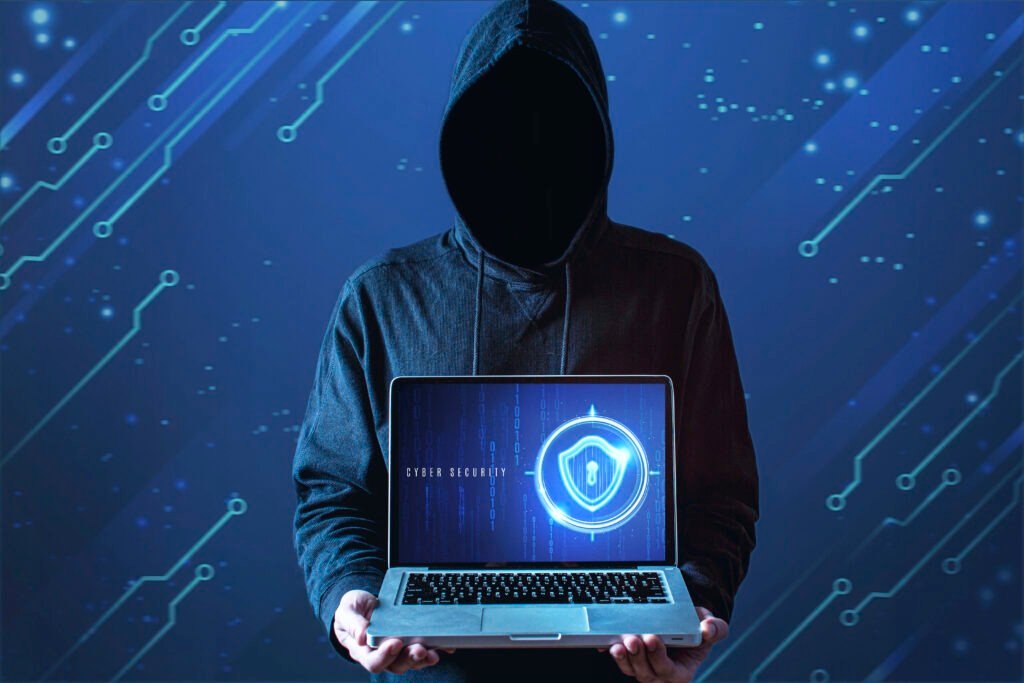Medical Devices
Medical devices are an essential and rapidly evolving segment of the healthcare industry. They encompass a vast range of instruments, apparatus, implants, in vitro reagents, and other articles used for the diagnosis, prevention, monitoring, treatment, or alleviation of disease, injury, or disability. What are Medical Devices? Medical devices can range from simple tongue depressors and bandages to complex pacemakers, MRI machines, robotic surgical systems, and advanced diagnostic test kits. Unlike pharmaceuticals, medical devices achieve their primary intended action by physical or mechanical means, rather than by pharmacological, immunological, or metabolic action. Broad Categories of Medical Devices: The Indian Medical Devices Market India’s medical device sector is a “sunrise sector” with immense growth potential, driven by several factors: Regulatory Landscape in India The regulation of medical devices in India has undergone significant reforms to align with global standards and ensure patient safety. Future Outlook The Indian medical device industry is poised for transformative growth. The focus is shifting from purely low-cost, low-tech products to fostering indigenous innovation, manufacturing high-value devices, and reducing import dependency. Digital integration, particularly with AI and data analytics, is expected to drive significant advancements in diagnostics and personalized healthcare. Collaboration between manufacturers, regulatory bodies, and healthcare providers will be crucial for developing solutions tailored to the unique needs of the Indian population and positioning India as a global MedTech hub. What is Medical Devices? A medical device is a broad category of instruments, apparatus, implants, software, materials, or other similar articles, that are intended by the manufacturer to be used, alone or in combination, for a medical purpose. Key characteristics that define a medical device: Examples of Medical Devices: The range is incredibly vast, from everyday items to cutting-edge technology: Why are medical devices important? Medical devices are indispensable to modern healthcare. They enable: Due to their direct impact on human health and safety, medical devices are subject to rigorous regulation by government bodies worldwide (e.g., FDA in the US, EMA in Europe, CDSCO in India) to ensure their safety, quality, and effectiveness before they can be marketed and used. Who is Required Medical Devices? Courtesy: Primerli Here’s a breakdown of the “who is required” for medical devices: 1. Patients: The Ultimate Users and Beneficiaries 2. Healthcare Professionals: The Direct Operators and Prescribers 3. Healthcare Facilities and Systems: The Infrastructure Providers 4. Manufacturers and Innovators: The Creators and Developers 5. Regulatory Bodies and Governments: The Overseers and Policymakers In summary, medical devices are “required” by an extensive ecosystem of stakeholders because they are fundamental to diagnosing, treating, monitoring, and preventing illnesses and disabilities, thereby enabling modern healthcare to function and continuously improve human health outcomes. When is Required Medical Devices? implies the specific moments or situations where medical devices become crucial, indispensable, or highly beneficial. It highlights their role throughout the entire patient journey and healthcare ecosystem. Here are the key “when” scenarios that necessitate medical devices: 1. During Diagnosis: 2. During Treatment and Intervention: 3. For Monitoring and Management of Chronic Conditions: 4. In Emergency and Critical Care Situations: 5. For Prevention and Public Health: 6. During Rehabilitation: In summary, medical devices are “required” across the entire spectrum of healthcare delivery, from preventative measures and initial diagnosis through active treatment, continuous monitoring, emergency interventions, and long-term rehabilitation. They are indispensable tools at every critical juncture of patient care. Where are the required medical devices? refers to their presence across the entire healthcare ecosystem, from manufacturing to point of use, and even in daily life. Here’s a breakdown of “where” medical devices are required: 1. Point of Use (Healthcare Facilities & Homes): 2. Manufacturing & Research & Development (R&D) Facilities: 3. Supply Chain & Distribution: 4. Regulatory & Government Bodies: In essence, medical devices are “required” across a pervasive and interconnected network that spans global manufacturing hubs, sophisticated R&D labs, complex supply chains, and every point of healthcare delivery, extending even into the personal space of patients’ homes. How is Required Medical Devices? When we ask “How is Medical Devices required?”, we’re looking at the mechanisms and processes by which medical devices fulfill essential functions across the entire healthcare spectrum. It’s about their inherent utility and the critical roles they play. Here’s how medical devices are “required”: 1. By Enabling Diagnosis: 2. By Facilitating Treatment and Intervention: 3. By Enabling Monitoring and Management: 4. By Ensuring Safety and Infection Control: 5. By Facilitating Rehabilitation and Improved Quality of Life: In essence, medical devices are “required” by acting as the tangible instruments and technological backbone of modern healthcare. They are the means through which medical knowledge is applied, allowing for precise actions, objective data collection, life support, and enhanced patient outcomes across every stage of care. Case Study on Medical Devices? Courtesy: Digital E-Learning Case Study: SMT (Sahajanand Medical Technologies) – A Homegrown Success in Cardiovascular Devices Sector: Medical Devices (Cardiovascular – specifically Coronary Stents) Geography: India (with global presence) Focus: Indigenous innovation, manufacturing prowess, clinical validation, and overcoming import dependency. 1. The “Before” Scenario (Indian Stent Market & Healthcare Landscape): Prior to the rise of companies like SMT, the Indian market for high-value, critical medical devices like coronary stents was overwhelmingly dominated by multinational corporations (MNCs) from the US and Europe. 2. The Catalyst for Change (SMT’s Emergence & Market Dynamics): Sahajanand Medical Technologies (SMT), founded in 1998, recognized this critical gap and the immense potential for indigenous innovation. They started with a vision to make advanced cardiovascular care affordable and accessible in India. 3. SMT’s Approach and Impact (The “How”): SMT’s success is a testament to its multi-pronged strategy: 4. Outcomes and Broader Impact: Conclusion: The success story of Sahajanand Medical Technologies (SMT) epitomizes the potential of India’s medical device sector. By strategically investing in indigenous R&D, adhering to rigorous clinical validation, and focusing on affordability, SMT not only broke the dominance of multinational corporations in a high-value segment but also significantly improved access to life-saving cardiac care for millions. It stands as a prime example of how local innovation, supported by a conducive policy environment, can lead











